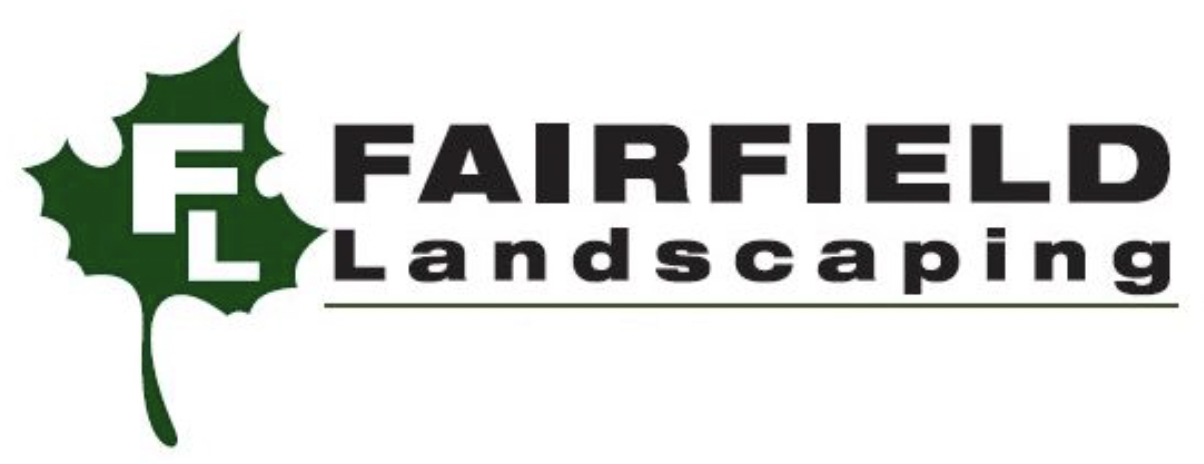Best Native Vines for Landscaping in Pennsylvania
A Twisting Tale of Garden Beauty
In the world of Pennsylvania gardening, native vines are the unsung heroes. These climbing plants don’t just add a touch of whimsy to trellises and fences-they also serve important ecological functions, like supporting pollinators and reducing soil erosion. Plus, many of them are low-maintenance and well-adapted to our state’s diverse climate.
Whether you're updating your landscaping or starting fresh, native vines offer a fun and functional way to add vertical interest to your garden. Let's explore some of the most beloved native vines in Pennsylvania and how to incorporate them into your next outdoor project.
Why Native Vines Belong in Your Landscape
Native plants, including vines, are naturally suited to Pennsylvania's climate and soil. That means less fuss and more resilience. Unlike some invasive ornamentals, native vines won’t choke out your garden or require constant upkeep. They also provide food and shelter for local wildlife, making your garden a thriving ecosystem.
Beyond their ecological benefits, native vines offer serious visual appeal. Their climbing habits create lush green walls, blooming arbors, and cozy shade covers that transform any outdoor space. So if you're looking to level up your landscaping, going vertical with native vines is a smart (and stylish) move.
Best Native Vines for Pennsylvania Landscaping
Here are some standout native vines that are both beautiful and beneficial for Pennsylvania gardens:
Trumpet Creeper (Campsis radicans)
A bold and showy vine, Trumpet Creeper produces vibrant red-orange trumpet-shaped flowers that bloom in late summer. It’s a fast grower and a favorite for attracting hummingbirds, though it can be aggressive-so give it room to roam.
Trumpet Honeysuckle (Lonicera sempervirens)
This non-invasive beauty lights up gardens with bright red trumpet-shaped flowers. It’s a pollinator magnet, especially for hummingbirds, and offers a more manageable growth habit than its more aggressive cousins.
Virginia Creeper (Parthenocissus quinquefolia)
A versatile, five-leafed vine known for its striking red fall foliage. It grows well on fences, walls, or allowed to trail naturally, making it a popular choice for multi-season interest.
Virgin’s Bower (Clematis virginiana)
This delicate vine features clusters of fragrant white flowers and feathery seed heads in fall. It thrives in slightly shaded areas and brings a soft, romantic texture to your landscape.
River Grape (Vitis riparia)
Looking for edible beauty? River Grape is a native grapevine that produces small, sweet grapes in late summer. It’s great for wildlife and brings a rustic, vineyard feel to your garden.
American Wisteria (Wisteria frutescens)
Unlike its aggressive Asian counterparts, this native variety offers gorgeous lavender blooms in a well-behaved form. Perfect for pergolas and arches.
Dutchman’s Pipe (Aristolochia macrophylla)
Known for its large, heart-shaped leaves and uniquely shaped blooms, Dutchman’s Pipe makes an excellent privacy screen and serves as a host plant for butterflies.
Crossvine (Bignonia capreolata)
Early color alert! This semi-evergreen vine blooms in late spring with red-orange flowers and works beautifully on arbors and trellises.
How to Use Native Vines in Your Landscaping
Native vines aren’t just for climbing up trellises-they can serve a variety of roles in your landscaping design. Use them to create privacy around patios, soften the look of walls or structures, or even replace a traditional hedge. Their natural adaptability makes them easy to incorporate into both formal and relaxed garden styles.
When working with Fairfield Landscaping, we help you choose the right vine for your space, soil, and sunlight. Our Design Services include customized plans that factor in everything from growth rate to bloom time, ensuring that your vines work in harmony with the rest of your landscape.
Care Tips for a Thriving Vine Garden
Native vines might be easier to care for than exotic species, but they still appreciate a little attention. Start by planting in well-prepared soil with good drainage. Most vines benefit from a sturdy support structure, like a trellis, arbor, or pergola.
Regular pruning keeps things tidy and prevents overgrowth. And while many native vines are drought-tolerant once established, consistent watering during the first year helps them take root. With the right setup, your native vines will flourish year after year.
Let Your Garden Climb Higher
Adding native vines to your Pennsylvania garden is an easy way to elevate your landscaping-literally! Whether you’re creating a cozy backyard nook or boosting curb appeal, these plants offer beauty, biodiversity, and a big payoff for minimal upkeep.
Thinking about adding vertical interest to your landscape? Fairfield Landscaping is here to help with expert design, installation, and customized support. Let’s grow something amazing together.

